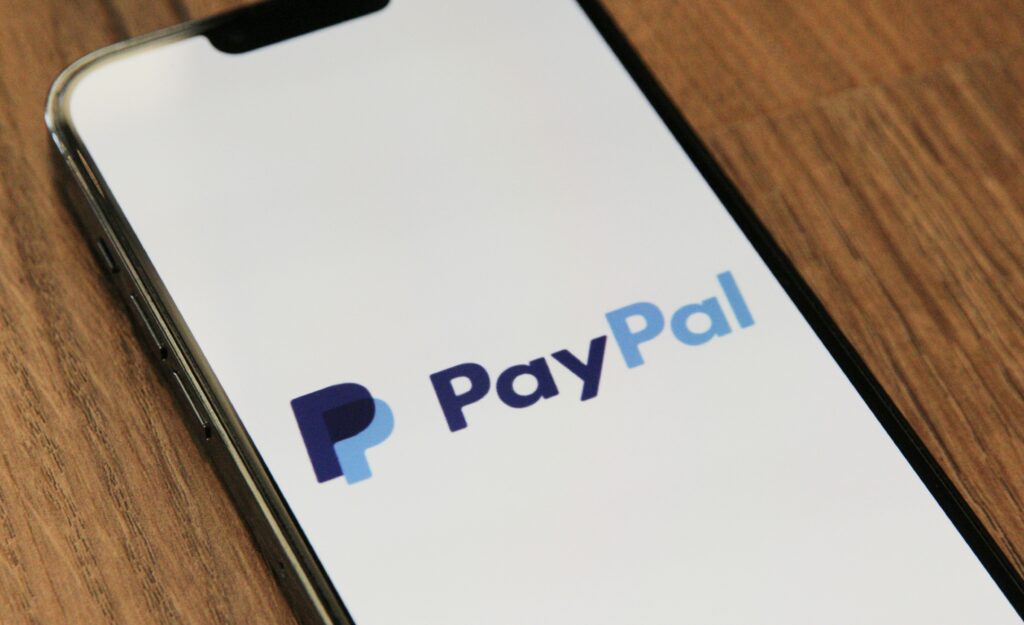LinkedIn lost the preliminary case regarding web scraping, effectively ending the limbo that writers, journalists, and marketers remained trapped in when it came to using public and archived data.
This ruling could lead to major changes for email marketing, which is great for targeting new leads and boosting conversions.
Let’s explain.
Summing Up the Court Ruling: LinkedIn Profile Pages Can Be Scraped
The preliminary court ruling in the case of LinkedIn v Hiq Labs regarding web scraping favored Hiq, stating that web scraping is legal when it comes to accessing public data.
The case was brought to the Supreme Court, but was sent back down to the US Ninth Circuit of Appeals for a re-review.
The appeals court ruled that LinkedIn data scraping (or from any other public platform) data does not violate the Computer Fraud and Abuse Act (CFAA).
LinkedIn brought the issue to court in order to prevent rival companies from scraping personal data from user profiles, arguing the act was in violation of CFAA (i.e., computer fraud and hackers). The ruling essentially states as long as LinkedIn users allow their profiles to be public, the data therein can be accessed.
Web Scraping of Public Data Is Deemed Legal in US, But Still Iffy in Europe
As you can see, the ruling is specifically from the US court of appeals, therefore it only applies to web scraping in the US. The lines are a bit blurred when it comes to internet data, since it’s accessible from anywhere, which can lead to some confusion.
The EU actually protects data mining with recently released initiatives and directives to ensure that. However, as you might expect, there are limitations. Copywritten material, theft of intellectual property, and private data are protected.
It’s advised that you get a license for scraping in the EU. In terms of email marketing, you are allowed to web scrape data for the purpose of communication, however you have to state exactly how you got that data and why you’re using it (as long as you don’t violate the source website’s terms of service or robots.txt protocol).
What It Means for Email Marketers
Finally, down to the good stuff. Email marketing is a surefire method to get leads, make sales, and more. So how does this ruling apply to email marketing?
Social Media Public Profile Access
Social media profiles from Facebook, Instagram, LinkedIn, and Twitter have been scraped for years for other companies to use public data like names, photos, birthdays, job title, etc.
When a profile is public, the data there is also public yet protected under the platform’s TOS and privacy policy. Meaning, anyone can find you, see your name, photo, experience, hobbies, and whatever else you post.
LinkedIn is obviously concerned most because it’s a professional social media platform. It doesn’t want other companies (e.g., Indeed; job boards) to use its users’ profile data to reach out outside of LinkedIn because the platform already has a job board. It’s kind of like poaching.
However, Microsoft’s LinkedIn is a social network, nonetheless. So, unless it updates its policies then rivals are free to scrape all the juicy public LinkedIn data they want.
Gather Data for Lead Generation
Email campaigns are already quite targeted when done properly. Email lists exist already with scraped data, but up until now it’s been a gray zone regarding the ethics of it.
In addition to helping you find new leads, it can allow you to gather data and insights that will help your company create more relevant content that is better suited to the needs of your audience.
A lot of businesses and startups will buy lists of leads from lead brokers. But these are often inaccurate or out-of-date. By scraping the web for leads, you can gather emails and other contact information directly from the websites of potential customers, ensuring that you have accurate, up-to-date information.
For example, if you have a SaaS tool for marketing agencies, you can scrape marketing agency websites for contact information. You can then send emails to decision makers at those companies offering a free trial or demo of your software.
You can also scrape social media sites like LinkedIn for member data of potential customers.
Create a Personalized Email Experience
The best email marketing campaigns provide a tailored experience for each recipient. Web scraping can help you make your email marketing more tangible and relevant to the people who receive your emails by allowing you to collect data about your users from various sources. This data can then be used to create better tailoring in your email campaigns.
A common example of this is using the recipient’s name in the subject line of the email (e.g., “Hey, John.”) Some people might think this is creepy, but when used appropriately and sparingly, it’s actually a powerful way to let people know that your message was created specifically with them in mind.
But we already know how to do this. Let’s take web scraping for email marketing a step further.
You sell sporting goods online, and you have a list of customers who’ve purchased from you before. By using web scraper bots to collect weather data from across the country, you can find out which cities are having unusually warm or cold weather for a given time of year. Then, you can use that information when sending out emails to customers in those cities.
Scalability of Data
Data is one of the most powerful tools in marketing, and the more data you have to work with, the better. The amount of traffic your website gets can be a strong indicator of future customer interest.
If you want to get the most from your email marketing, you need to create a database of subscribers (e.g., a CSV file). You can use this database for segmentation and targeting, as well as for building lists or templates for future campaigns. But if you’re going to build a list, you need to know how to get the information that it contains into an email or other type of message and ensure its accuracy.
Web scraping allows you to set up automations for your email lists so anytime someone changes their location, name, phone number, or other data, you can scale your data accordingly. As long as they haven’t opted out. There are many automation tools available that work with data scrapers that can monitor changes in a social media profile’s web page at set intervals to update your database’s user data in the background.
Risks of Web Scraping for Email Campaigns
Of course, there are risks still involved with web-scraped data. It mostly stems from the consumer perspective, though that could easily flow into a platform and business issue.
User Didn’t Sign Up
If a user didn’t sign up for an email campaign or was placed on a list unbeknownst to them, what are the repercussions for the company?
A lot of companies scrape data to contact customers about jobs they are fit for, events, and products. But even if that data was obtained legally, the customer still may not be interested and feel there is a violation of their own privacy when contacted out of the blue.
Profiling Risk
Especially in the US, there is a strong emphasis on preventing profiling. These days, it’s targeted more towards police and legal injustice, but it can easily affect a business.
Data such as race, age, and gender seem to be used more to exclude a prospect than to attract one (even though that isn’t necessarily true). How can you prove you focused on a demographic rather than intentionally ignored another?
Data Is Only as Good as the Scraper
The problem with web scraped data is that it’s only as reliable as the person who scrapes the data. If you don’t clean it up and prepare it for email marketing, you’re missing an opportunity to use data sets that are far more reliable than what people include in their personal spreadsheets.
Conclusion: LinkedIn.com Loses, Web Scraping Wins (and Your Future Email Campaigns Win Bigger)
Use this new information to your advantage, though be wary of the risks. Your email lists are getting a much-needed boost that will scale your e-commerce business and bump up your bottom line.







